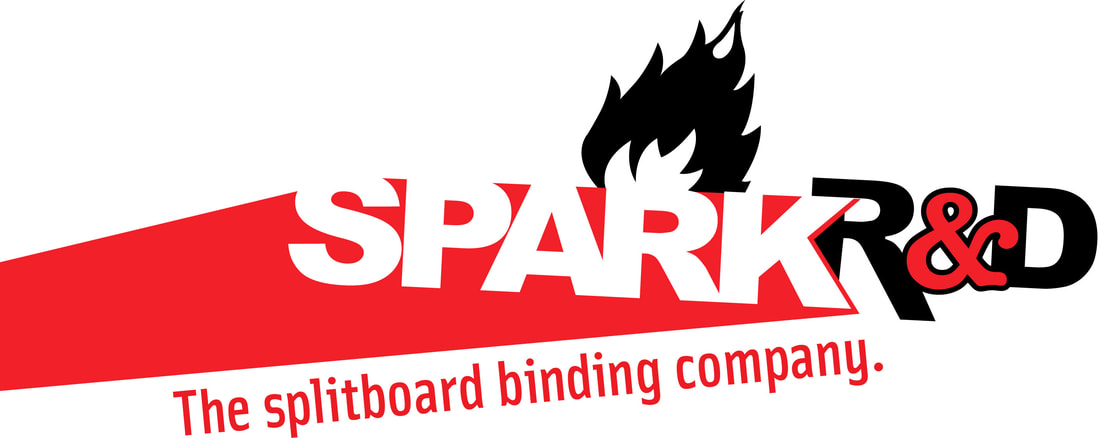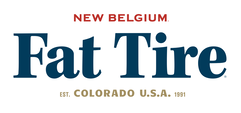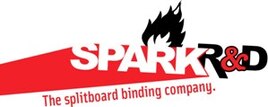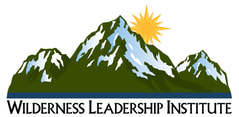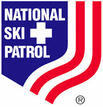Snowpack Summary April 16, 2024
Posted by Allen Giernet @ 6:50 pm (this summary expires in 24 hours)
This summary applies to backcountry areas only.
The Bottom Line –
Spring is back in force and Wet Loose avalanches will be the problem to watch for. Little to no overnight freezing and sunny day will create wet snow instabilities. Look for roller balls, pinwheels and sinking into boot top depth as signs of wet snow. To reduce you exposure to this problem start early and finish early. If you see signs of wet snow instability move to lower angle or shaded slopes and stay out from under steep rocky terrain or cornices.
If you are out share with the community on our Submit Observations page.
Posted by Allen Giernet @ 6:50 pm (this summary expires in 24 hours)
This summary applies to backcountry areas only.
The Bottom Line –
Spring is back in force and Wet Loose avalanches will be the problem to watch for. Little to no overnight freezing and sunny day will create wet snow instabilities. Look for roller balls, pinwheels and sinking into boot top depth as signs of wet snow. To reduce you exposure to this problem start early and finish early. If you see signs of wet snow instability move to lower angle or shaded slopes and stay out from under steep rocky terrain or cornices.
If you are out share with the community on our Submit Observations page.

Loose Wet avalanches are the release of wet unconsolidated snow or slush. These avalanches typically occur within layers of wet snow near the surface of the snowpack, but they may quickly gouge into lower snowpack layers. Like Loose Dry Avalanches, they start at a point and entrain snow as they move downhill, forming a fan-shaped avalanche. Other names for loose-wet avalanches include point-release avalanches or sluffs. Loose Wet avalanches can trigger slab avalanches that break into deeper snow layers.
General discussion
Temperatures are continuing to rise through the week and overnight freeze level will be above 9,000' tomorrow. This will create wet snow instabilities at all elevations and aspects. Expect firm conditions in the early morning that may require crampons, ice axe and the skill to use them. Wet snow will begin in the east rise in elevation with warming temperatures and move through to the west with the sun. Avoid being under steep rocky terrain or cornices as the temperatures rise. Snow releasing from rock formations or cornices falling can dig deeper into the snowpack entraining more snow. This problem will increase as temperatures warm through the week.
Please share any information when you are out in the mountains. Even a photo is helpful, share with the community at our Submit Observations page.
Temperatures are continuing to rise through the week and overnight freeze level will be above 9,000' tomorrow. This will create wet snow instabilities at all elevations and aspects. Expect firm conditions in the early morning that may require crampons, ice axe and the skill to use them. Wet snow will begin in the east rise in elevation with warming temperatures and move through to the west with the sun. Avoid being under steep rocky terrain or cornices as the temperatures rise. Snow releasing from rock formations or cornices falling can dig deeper into the snowpack entraining more snow. This problem will increase as temperatures warm through the week.
Please share any information when you are out in the mountains. Even a photo is helpful, share with the community at our Submit Observations page.
General Mountain Weather Forecast |
Disclaimer:
This Bulletin is designed to generally describe conditions where local variations always occur. Travelers are advised to exercise caution and make slope specific evaluations. As always, please treat this bulletin with appropriately guarded skepticism and make your own assessments. Help to provide more information to the community by reporting your observations
This Bulletin is designed to generally describe conditions where local variations always occur. Travelers are advised to exercise caution and make slope specific evaluations. As always, please treat this bulletin with appropriately guarded skepticism and make your own assessments. Help to provide more information to the community by reporting your observations
Recent Observtions
Click on the observation to go to the full report
|
Avalanche Obs 04-07-24 San G Below Front Country
Comment - Did not have to time to collect detailed data, we observed this slide on our decent in a sparsely tree slope. Slope was mostly sun 35 degrees but slid on a convex roll. I believe it was between the old snow / storm snow (4/5) interface. |
Avalanche Obs 04-07-24 Alta Diablo
Comment - We toured Alto Diablo from Jenks Lake trailhead 4/7. 8-10inches fairly fresh snow from 4/5 storm, cold temps last 24-48 hrs kept any appreciable level of sun crust from developing day prior. Temperature warmed through tour into early afternoon but didn’t experience any significant softening on sun exposed east facing slopes by our 1:00pm transition to ride. Fairly soft - well riding snow on the North aspects, remained quite dry until around 7,800ft and prior sun crest was well buried on entire decent. Wind scouring atop North/North East Faces - ridgeline. Saw several minor wet loose mostly triggered by riders at lower elevations. At a ridgeline on approach well below Alto Diablo peak, showed signs of wind loading and atop a convex roller into a N facing gully wind slab release. Evidence of a clear 8-12 inch deep crown with variable depth based on topographical contours and wind transported snow that had settled under ridgeline, propagated approximately 20 meters with a 40 meter runout, damaging burnt out trees. Ice crust clearly visible as a weak interface below new, relatively high SWE new snow for an April storm. Size D1.5, natural hazards in runout path. |
Pro Obs 04-6-24 Angeles Nat Forest Baden Area
Comment - 4pm on descent Steeper slope angles dry loose avalanches were easily triggered D1 begin around 8500’ At lower elevation approximately 7800’ noted numerous wet loose avalanche on WNW aspects Continuing down to lower elevations a crust develop from the refreezing early warm snow surfaces. Near 7000’ noted numerous wet loose releases from rocks and tree snow dropping on NE-N-NW aspects. Overall the day became much warmer than forecast with temperatures up to 2C above 8000’ clouds developed in the afternoon, heavy low clouds rolled in in the south side of the ridge around 2pm and snow surface on that aspect became fairly moist. By 2:30pm the clouds spread over to the N but remained high with ovc skies. Temperatures began to fall to below freezing near 9100’. Poor bonding to surface crust at elevations was noted although actual avalanche release and running down slope was only noted on steeper terrain. The crust was very firm at lower elevations below 8,000’ and became thinner and less notable as elevation increased. No wind slabs were observed near the ridge although significant signs of wind transported was. Winds were most likely high enough to cause saltation rather than transport most of the time. Fairly large cornices were noted all along the ridge but were solid at this time. Also wind transport had packed snow into the overhanging (N) side of many cornices. Variable conditions were not on the ascent and descent crampons would be advised and if skinning skin wax also due to warming snow surfaces at lower elevation. From the sign of wet loose releases on Northern aspects it will be safe to assume wet loose avalanches will become more numerous and larger with the warmer expected over the next few days until the snow pack can adjust and much of the new snow either sheds or begins to consolidate to the old snow surface. |
Click on the links below for the latest information
To better understand the challenges and potential variability over the large area we are producing information for please read our Snowpack Summary - Format and Limitations
General Caution
You should always use safe terrain management and carry avalanche rescue equipment in the backcountry. Most avalanches are triggered by someone in the party or the victim. Practice with your rescue gear often and be prepared should the worst happen. Though we do not have an avalanche forecast center in this area as of yet, the information posted and shared here as well as the resources available on this site will help to make informed decisions for your backcountry travels. Use avalanche forecasts in your travels wherever available and be aware that avalanche ratings are general information. Elevation, location, geographic variability’s, slope aspect and angle all have effects on the particular area you travel in. This is only one piece of the information you should use in your decision making process. There is no substitute for avalanche education, for more resources and information as well as education please refer to our resources page.
You should always use safe terrain management and carry avalanche rescue equipment in the backcountry. Most avalanches are triggered by someone in the party or the victim. Practice with your rescue gear often and be prepared should the worst happen. Though we do not have an avalanche forecast center in this area as of yet, the information posted and shared here as well as the resources available on this site will help to make informed decisions for your backcountry travels. Use avalanche forecasts in your travels wherever available and be aware that avalanche ratings are general information. Elevation, location, geographic variability’s, slope aspect and angle all have effects on the particular area you travel in. This is only one piece of the information you should use in your decision making process. There is no substitute for avalanche education, for more resources and information as well as education please refer to our resources page.
